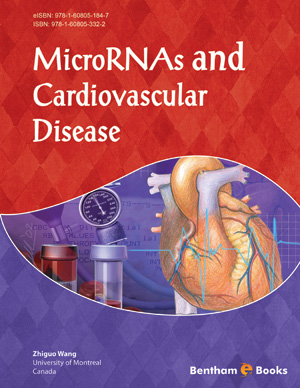Abstract
SHS investigation development is considered from the geographical and historical viewpoint. 3 stages are described. Within Stage 1 the work was carried out in the Department of the Institute of Chemical Physics in Chernogolovka where the scientific discovery had been made. At Stage 2 the interest to SHS arose in different cities and towns of the former USSR. Within Stage 3 SHS entered the international scene. Now SHS processes and products are being studied in more than 50 countries.
Abstract
The goal of this chapter is to discuss the regulation of cardiac fibrosis by miRNAs. Cardiac myocytes are normally surrounded by a fine network of collagen fibers. In the normal heart, two thirds of the cell population is composed of nonmuscle cells, the majority of which are fibroblasts. Cardiac fibrosis is the result of both an increase in fibroblast proliferation and extracellular matrix (ECM) deposition. A growing body of evidence indicates that, along with cardiomyocytes hypertrophy, diffusion of interstitial fibrosis is a key pathologic feature of myocardial remodelling in a number of cardiac diseases of different (e.g. ischemic, hypertensive, valvular, genetic, and metabolic) origin. The extracellular matrix (ECM) is a dynamic microenvironment; changes within ECM constitute the second important myocardial adaptation that occurs during cardiac remodelling. A subset of miRNAs is enriched in cardiac fibroblasts compared to cardiomyocytes. A number of studies have demonstrated the involvement of miRNAs in regulating myocardial fibrosis in the settings of myocardial ischemia or mechanical overload. Some miRNAs (miR-208 and miR-21) have been shown to favor fibrogenesis, being profibrotic miRNAs. Others including miR-29, miR-133, miR-30c, and miR-590 have been demonstrated to produce inhibitory effects on fibrogenesis, being anti-fibrotic miRNAs.
Recommended Chapters
We recommend

Authors:Bentham Science Books


 Download PDF Flyer
Download PDF Flyer



